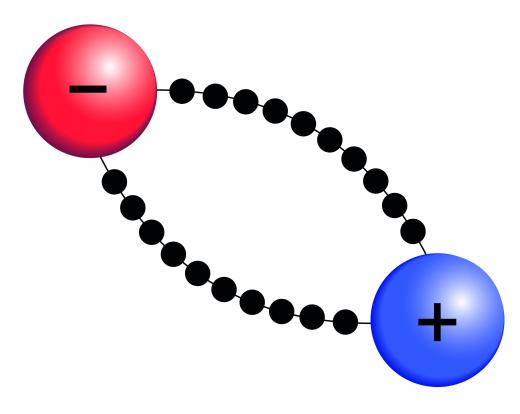Isoelectric focusing (IEF), also called electrofocusing, is a means of separating molecules based on the differences in their electric charge. It is a type of electrophoresis, a phenomenon where particles can be dispersed in fluid by the application of a constant electric field. In living cells, isoelectric focusing occurs naturally, but it is often recreated in the laboratory using proteins suspended in a gel.
The ability to separate molecules in isoelectric focusing is based on an understanding of the pH level of different proteins. Proteins can have a pH between 1 and 12. The net charge of a protein will be determined by the pH level of the local environment. For example, a protein could have a neutral, positive or negative net charge based on the pH of the surroundings.

The net charge of any protein is the total sum of its positive and negative charges. This is determined by whether or not the amino chains that compose the protein are acidic or basic. When there are more acidic groups than basic groups, the resulting pH will be low, or acidic. When there are more basic groups than acidic groups, the resulting pH will be high, or basic. Most proteins will have a pH of 3-12, with a large concentration in the range of 4-7.
Proteins are positively charged when they are in a solution that has a pH value lower than that of the protein itself. They will have a negative charge when the pH value of the solution has a pH value higher than their own pH. Therefore, the pH level of the protein is called the isoelectric point of the protein. Isoelectric focusing occurs when the protein's environment is manipulated using an electric field.
When an electric field is applied to the protein's environment, it will affect how the particles in the protein behave. This means that when the protein is subjected to an environment that is at the same pH level as itself, the particles in the protein will not move. When, however, the protein is subjected to an environment that has a lower pH than itself, the particles will move towards the cathode. If the protein's environment has a higher pH than its own, the particles will move towards the anode. Isoelectric focusing requires manipulating the protein's environment so that its particles move in the desired direction.
